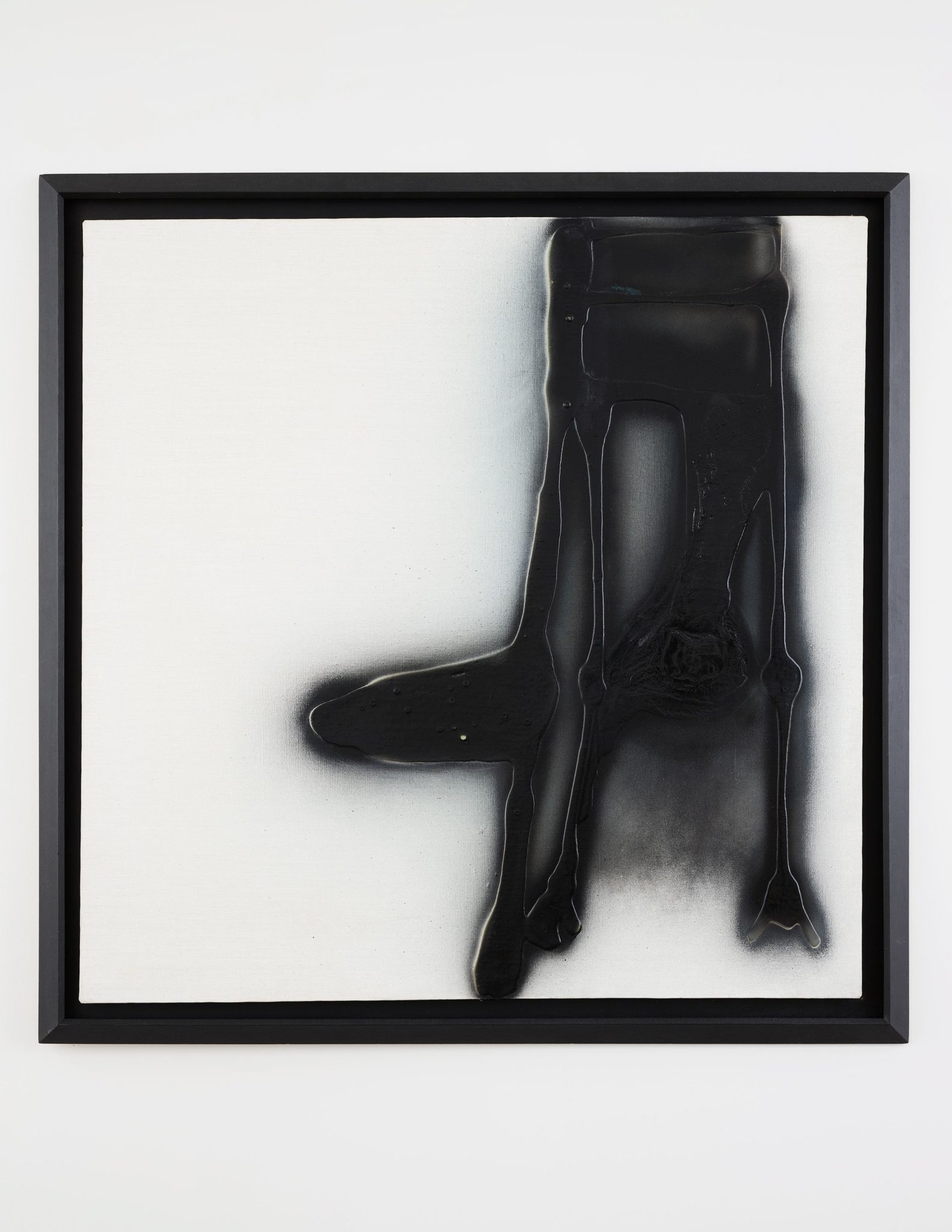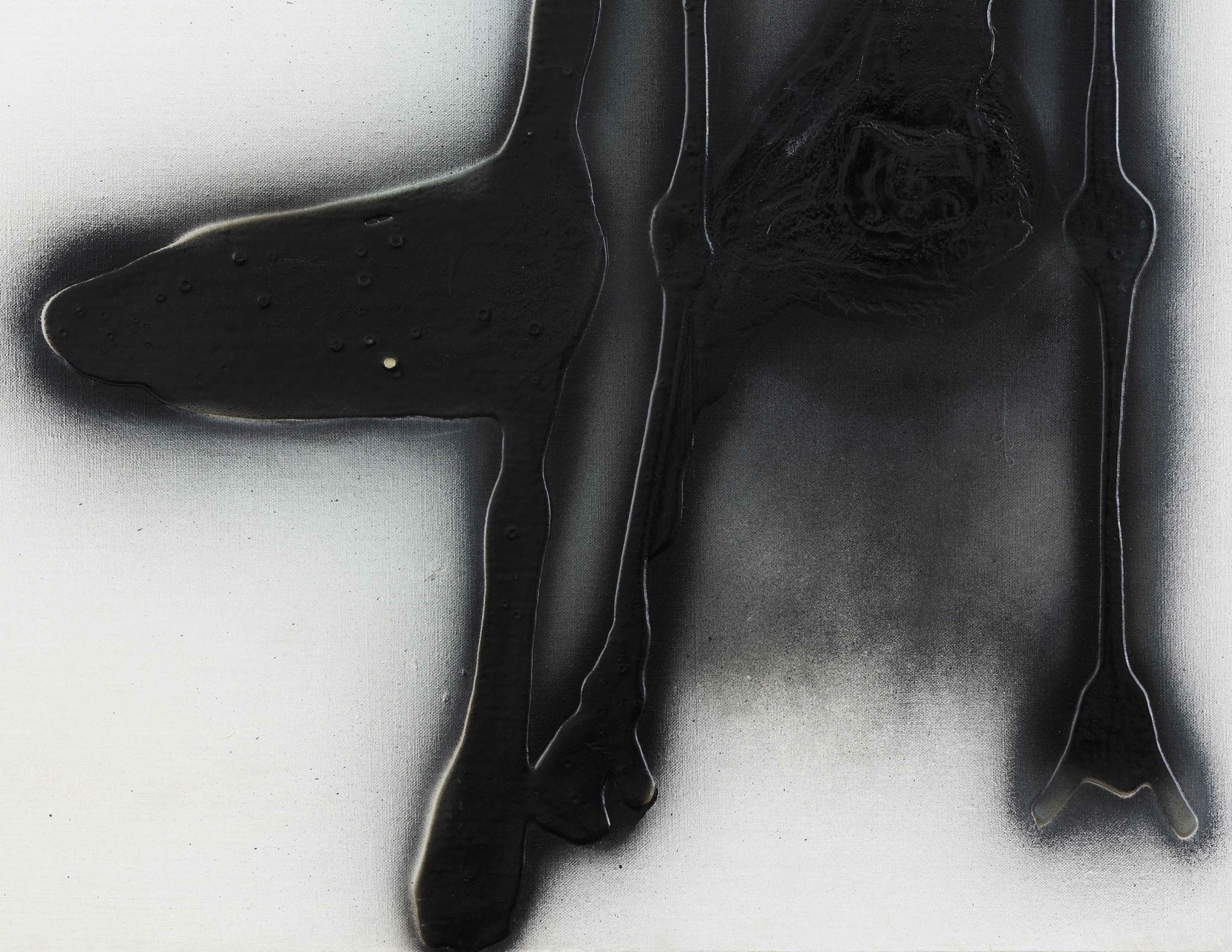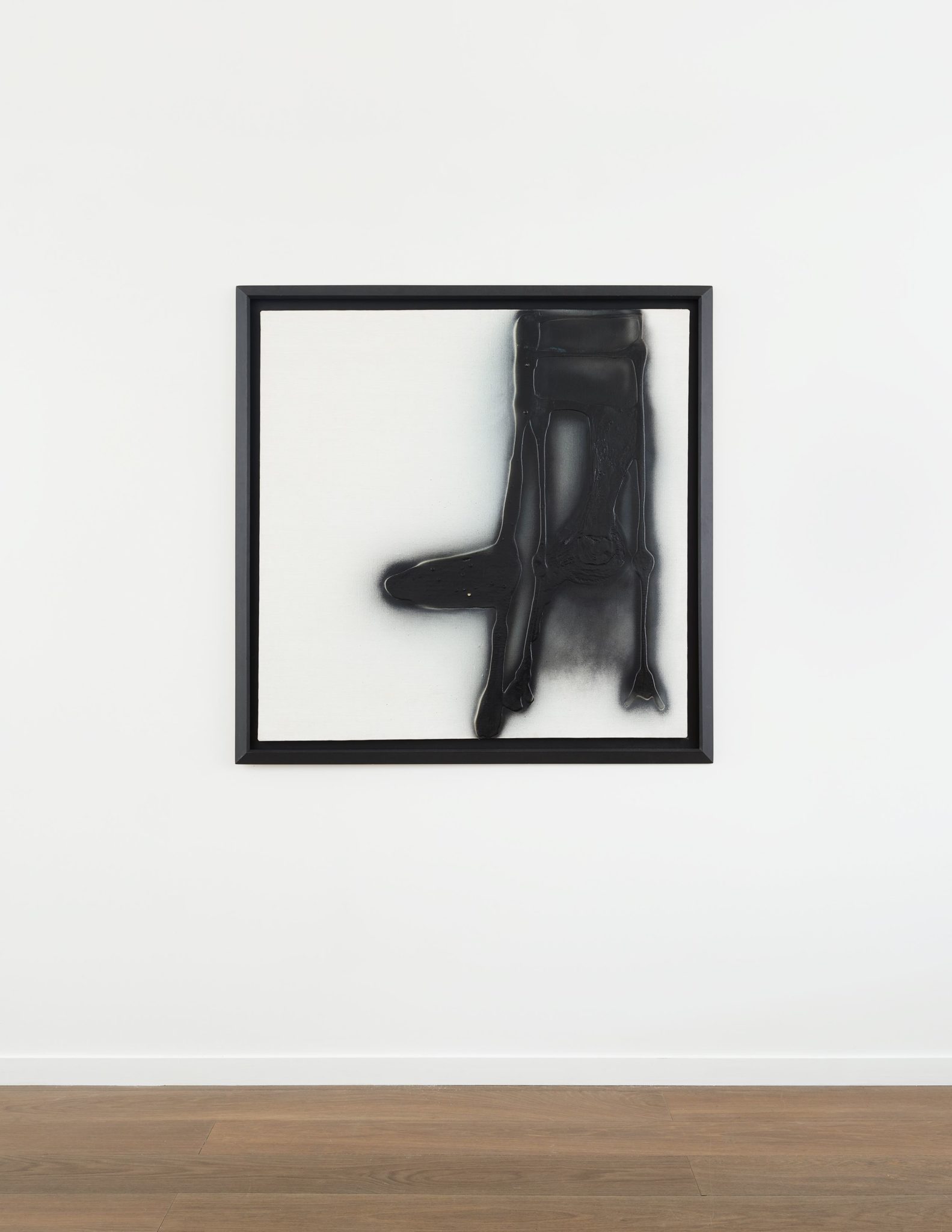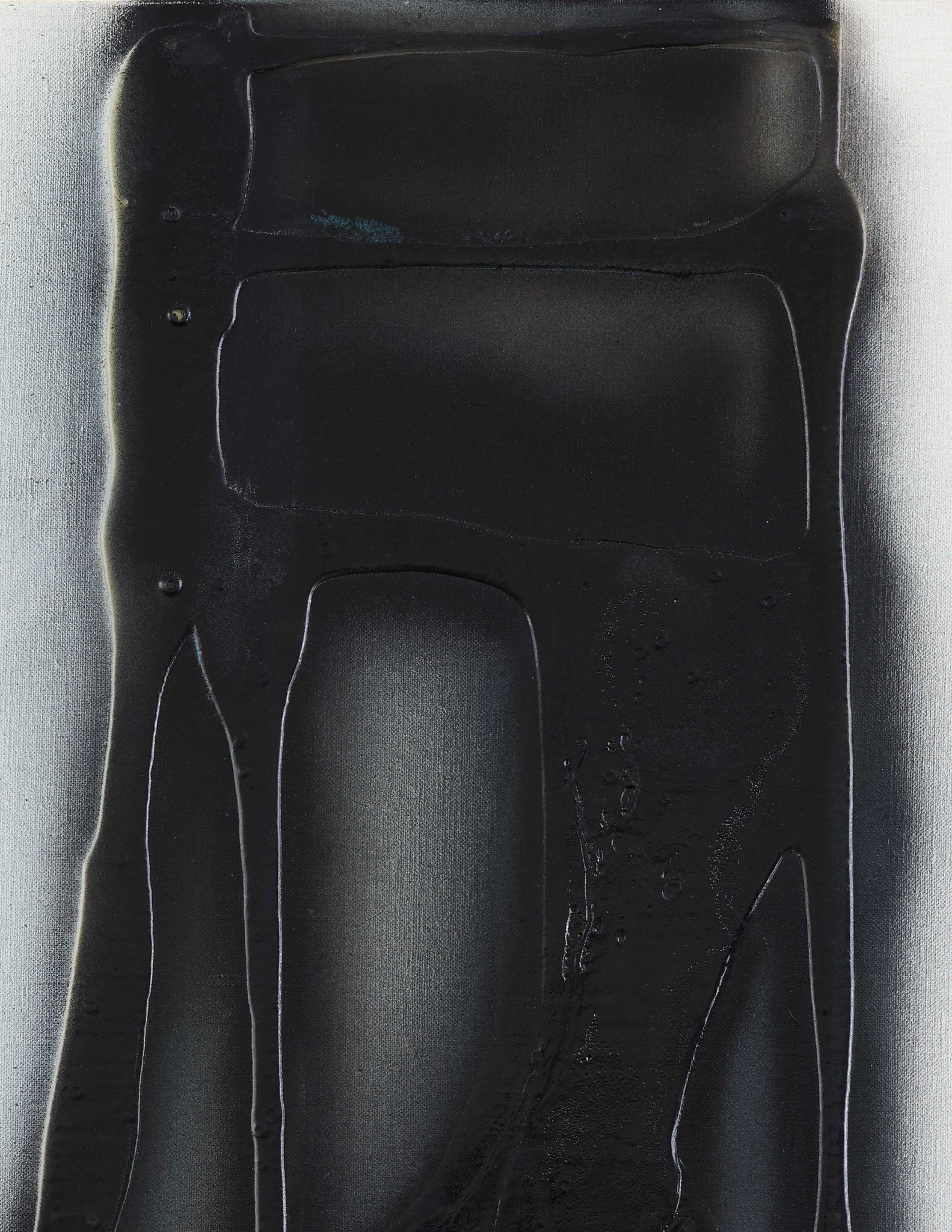Carol Rama | Autorattristatrice n.8
Autorattristatrice n.8
1970
Enamel and resin on linen
43 5/16 x 43 5/16 inches (110 x 110 cm)
© Archivio Carol Rama, Torino
Photo: Elisabeth Bernstein
Defiantly deviant, Carol Rama’s art is animated by raw, maverick energy. Alternately described as “sensurrealism,” “organic abstraction,” and “porn brut,” it moves between inspiration and madness, exulting in states of abjection and obsession. Inextricable from her womanhood, Rama’s oeuvre stands out in a male-dominated art world for its frank exploration of feminine and queer desires. Although counting such artists and writers as Felice Casorati, Pablo Picasso, Pier Paolo Pasolini, Italo Calvino, and Carlo Mollino as friends, she maintained a resolute autonomy, surpassing available critical vocabularies that sought to contain her idiosyncratic vision. As philosopher Paul Preciado sums, Rama’s art is untimely. “The work of Carol Rama is a phantom limb whose sensations return in order to reclaim another history. … She returns to undo the dominant narratives, reclaiming other discourses and another time,” he explains. By turns perverse and subversive, her work stands ahead of its moment, anticipating present-day debates on the aesthetic intersections of sexuality, representation, and power.
In the 1950s, Rama briefly aligned herself with the Milan and Turin-based Concrete Art Movement (MAC). Yet, in the 1960s, she turned away from its Informel vocabulary, finding it overly stringent and sterile. Questioning the validity of painting as a medium, she began to append heterogeneous objects and materials to otherwise traditional aesthetic supports such as paper and canvas. Drawn from the real world, these items were insistently eclectic, sourcing from both nature (hair, fur, animal claws, and teeth) and industry (electrical fuses, plastic tubes, and batteries). Far from arbitrary, each held a deeply personal significance for the artist. Her frequent use of rubber inner tubes refers to her father, who owned a bicycle-manufacturing factory that went bankrupt, leading him to commit suicide when Rama was 24. Her attraction to surgical tools may further allude to her mother’s struggle with mental illness and eventual institutionalization. Yet, while anchored in childhood traumas, Rama’s materials open onto a dense associational field. Supple and fleshy, the rubber tubes recall aged flesh and limp phalluses, while the sharp-edged syringes suggest states of addiction and psychosis.
Rama’s work of the 1960s and early 70s often revolves around the accumulation and juxtaposition of highly specific materials to achieve a strange somatic charge. Marked by its excessive, even disturbing, materiality, the present work is one of a series of enamel and vinyl glue works on canvas which depict a black, bipedal form with a protruding or dangling phallus, often set against a blank ground of primed or raw canvas. The artist had a predilection for black hues: “Black is the color that will help me to die. I’d like to paint everything black, it’s a kind of incineration, a kind of wonderful agony.” The title is likely derived from the verb “rattristare,” which translates to “become sad,” or, “to fall into depression,” aligning the work with the recurring theme of melancholy and mental illness in Rama’s oeuvre. The viscous drips and daubs that constitute the decidedly male figure riff on the machismo personas adopted by the Abstract Expressionists, while the haze of spray enamel harks to the (likewise male-dominated) graffiti tradition, which had been incorporated into the Italian high modernist milieu by Lucio Fontana and the (Rome-based) Cy Twombly. Set against the white void of a primed canvas, the figure of Rattristatriceirreverently incorporates a visceral, bodily sensibility into the history of modern painting while injecting industrial and profane implications into its scope. Formally echoing the multiplicity of snakes and phalluses prevalent in her earlier practice, the present work further registers both the acuity of Rama’s attack on aesthetic propriety and the intensity of her emotional life, which she here communicates to her viewer in material form.
This work has been registered in the Archivio Carol Rama under no. 0580.




